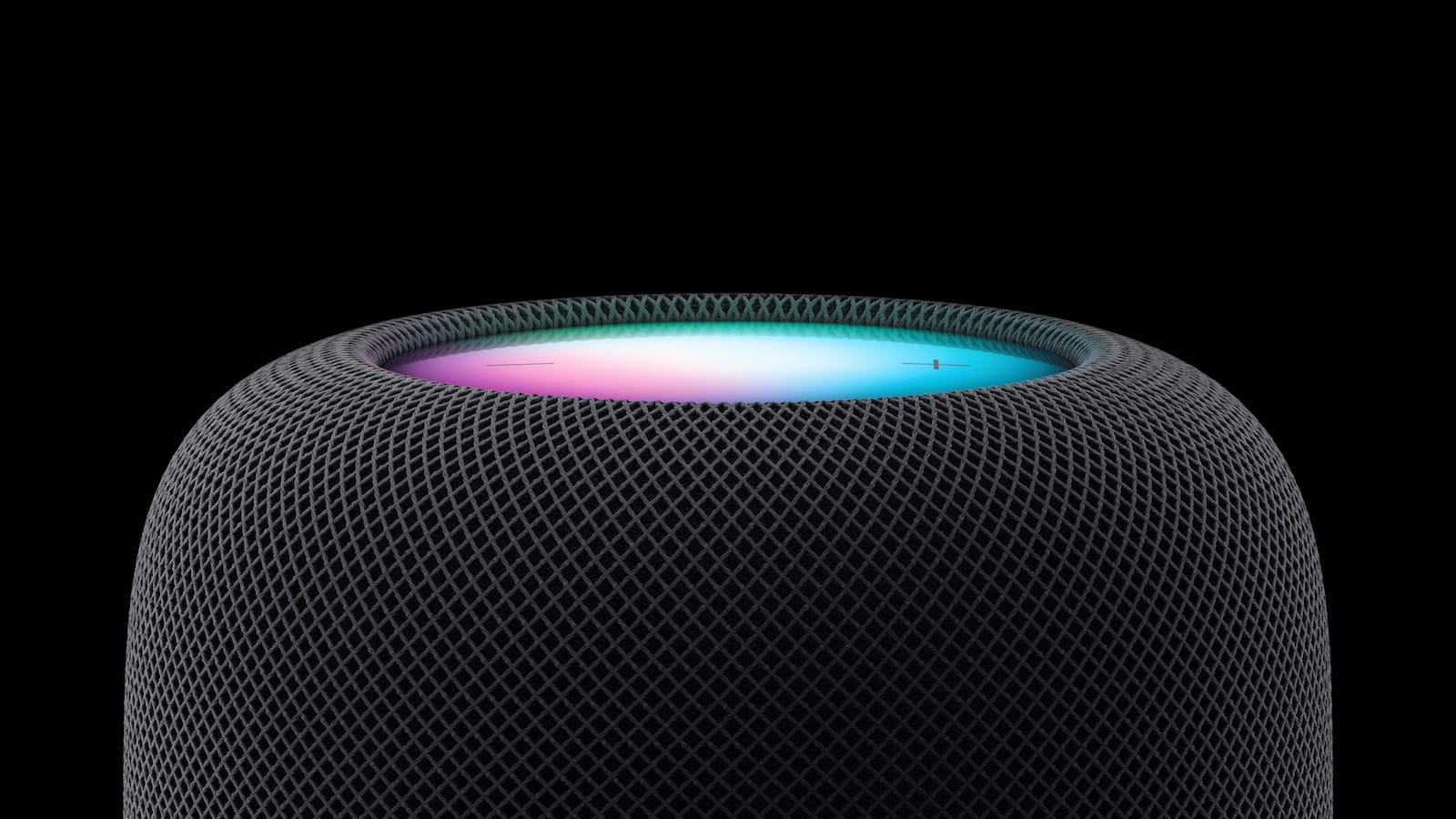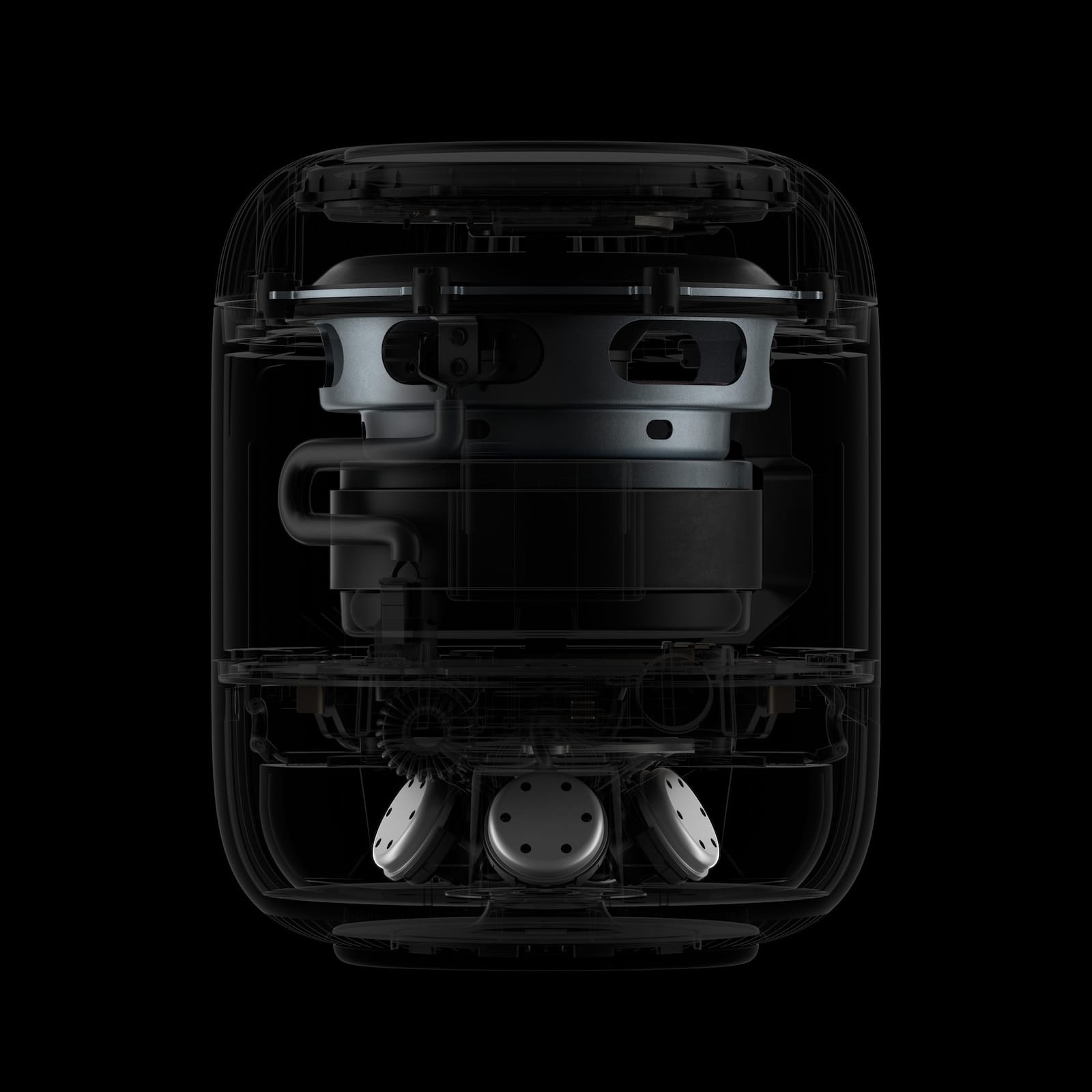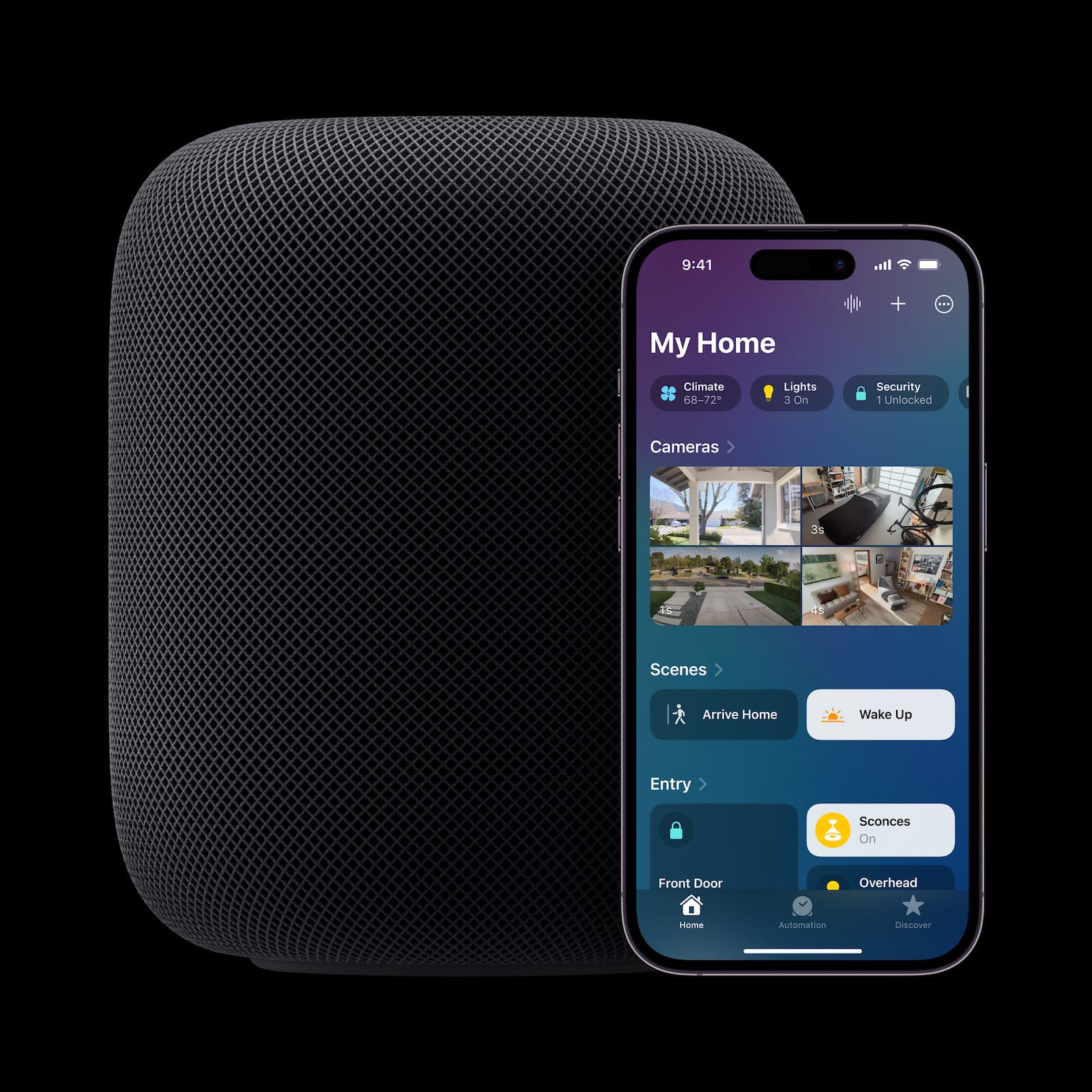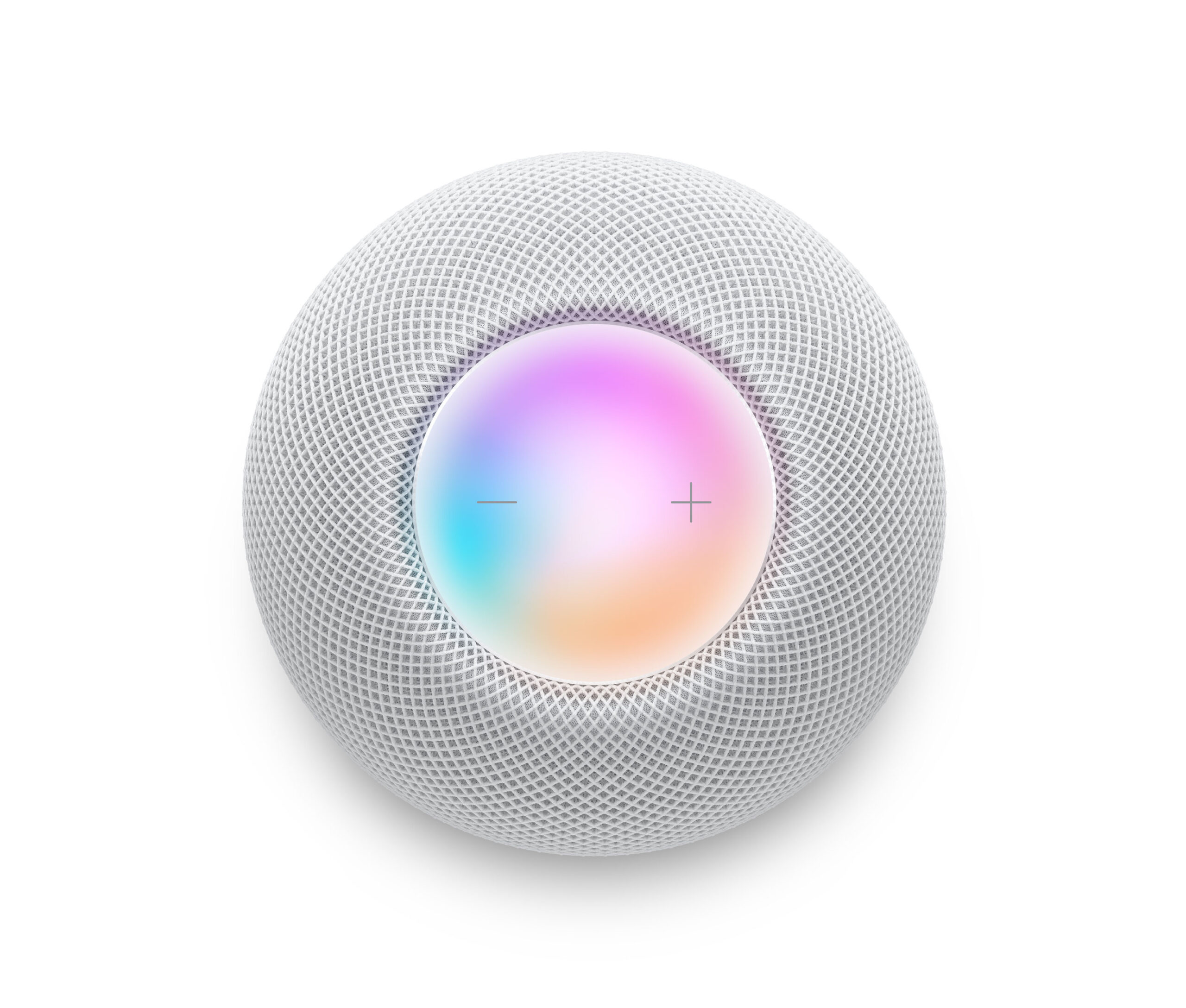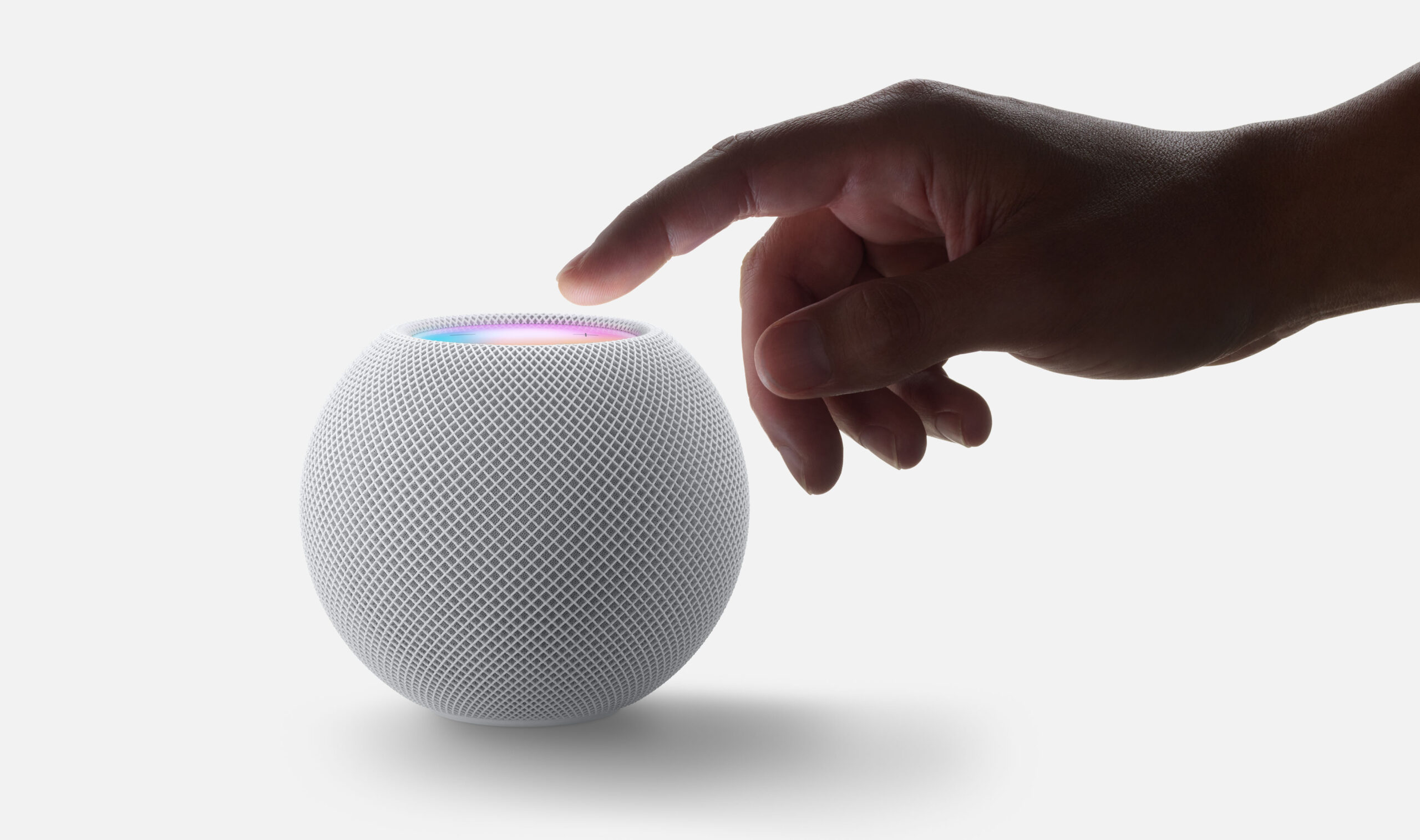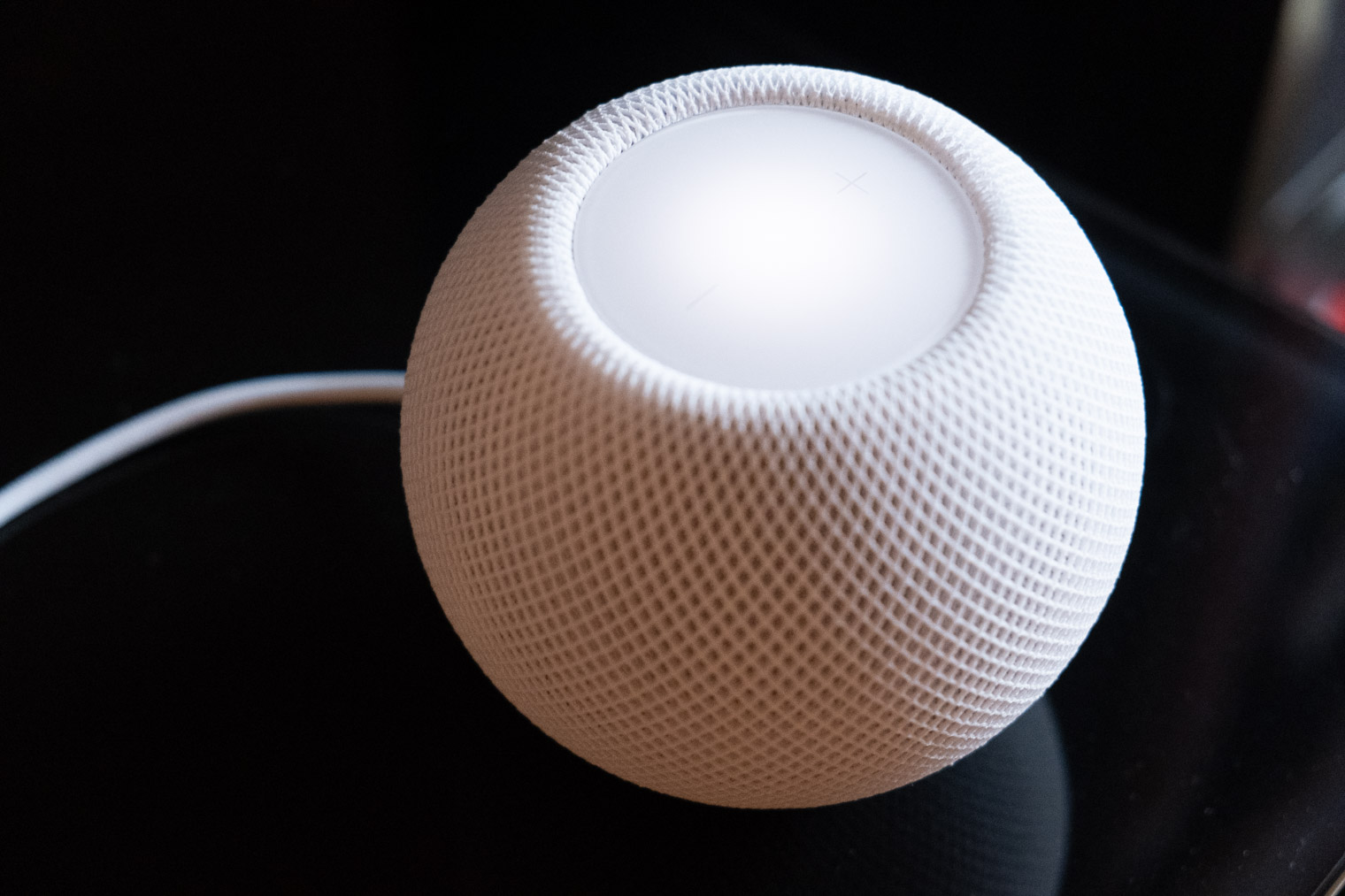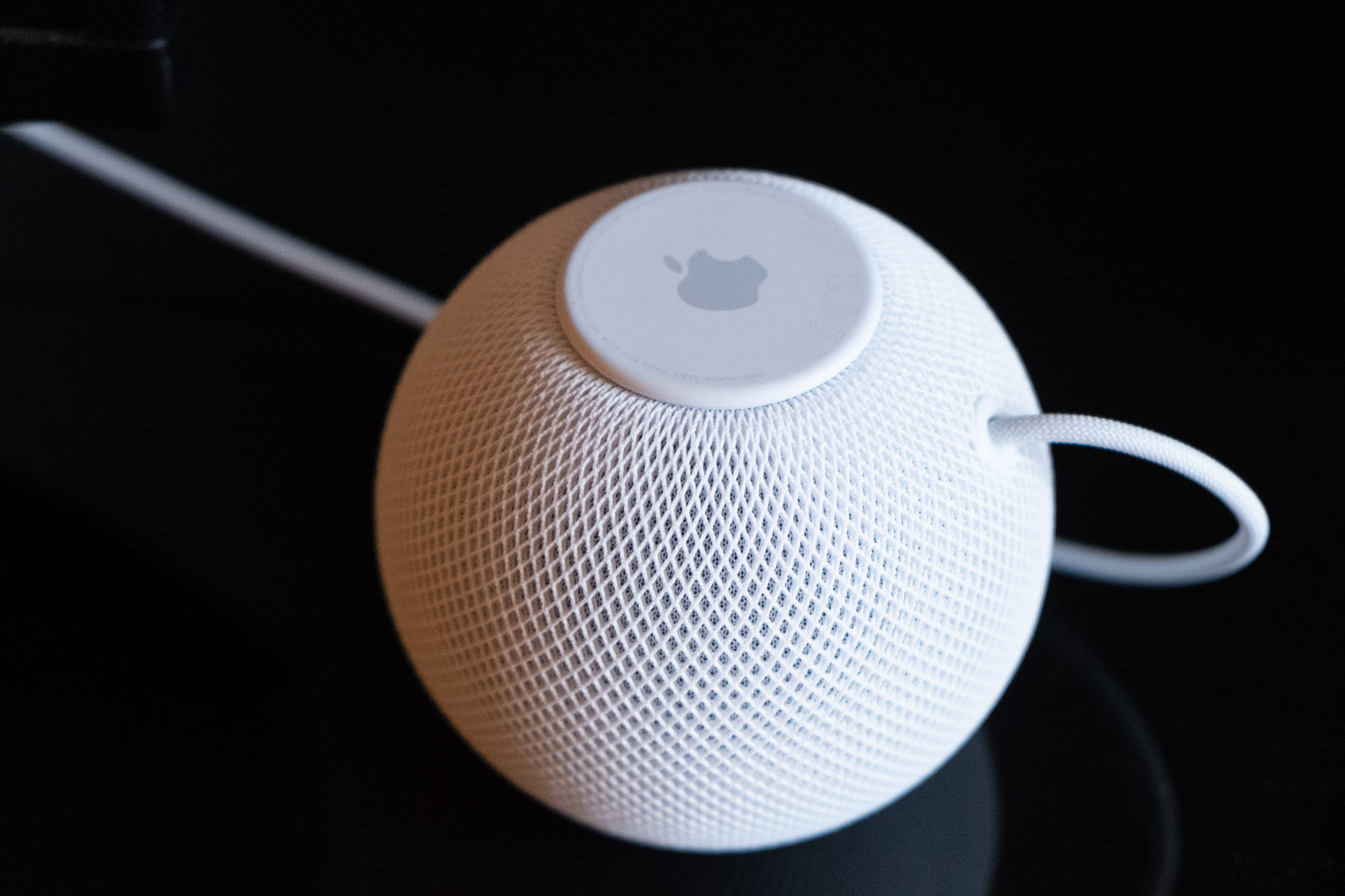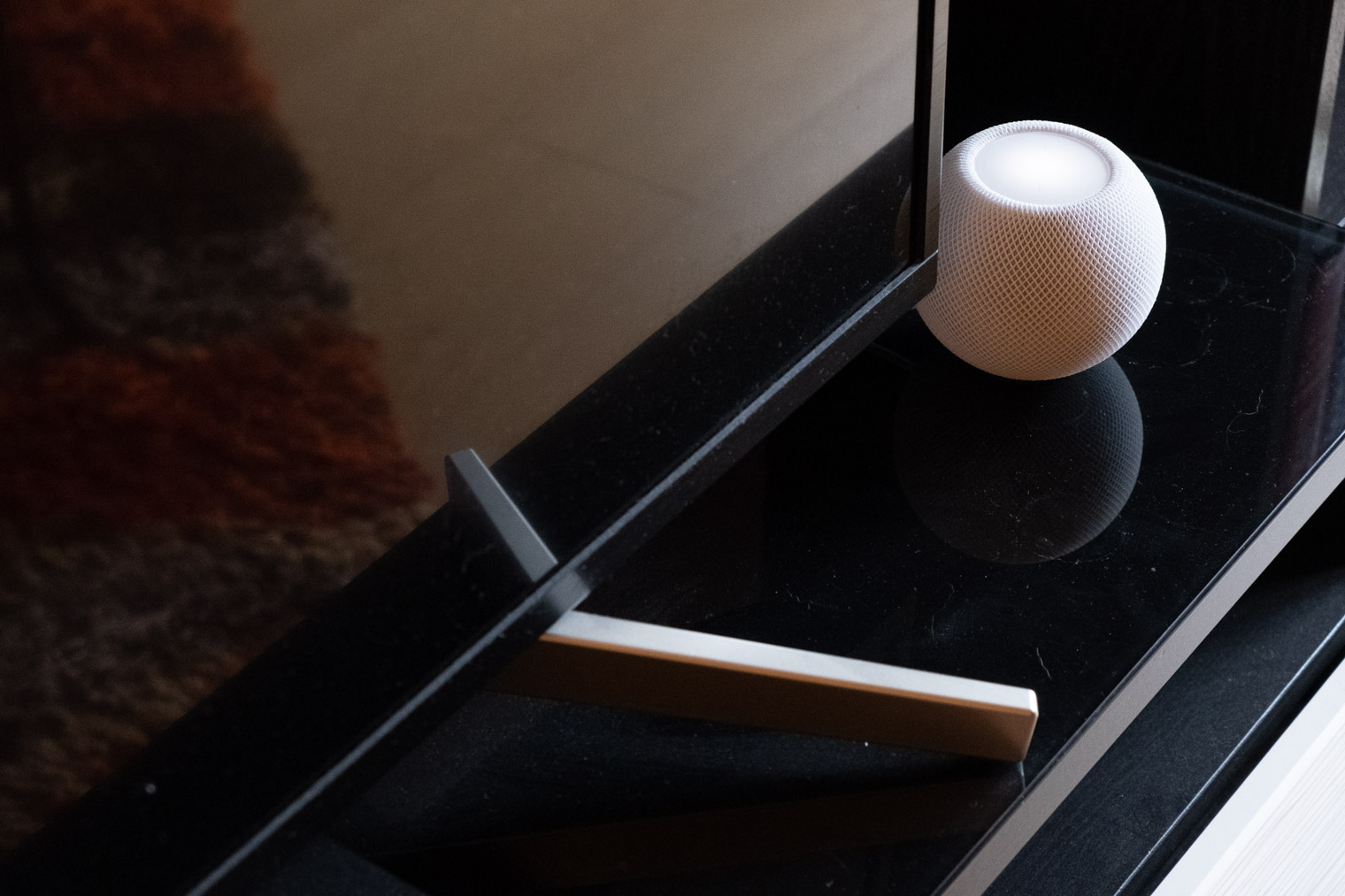First we saw the new MacBook Pro and Mac mini, a day later Apple presented the 2nd generation HomePod in the form of a press release. Yes, it's true that it brings some improvements, but is it really what we've been waiting two years for?
The original HomePod was introduced by Apple in 2017, but it did not go on sale until the end of 2018. Its production, and therefore sales, ended on March 12, 2021. Since then, there has been only one HomePod mini model in the HomePod portfolio, which the company presented in 2020. Now, i.e. in 2023 and almost two years after the end of the original HomePod, we have its successor here, and given its new features, a slight disillusionment is quite appropriate.
It could be interest you

HomePod 2 specifications in brief:
- 4 inch high frequency bass woofer
- A set of five tweeters, each with its own neodymium magnet
- Internal low-frequency calibration microphone for automatic bass correction
- Array of four microphones for Siri
- Advanced computational audio with system sensing for real-time tuning
- Room sensing
- Surround sound with Dolby Atmos for music and video
- Multiroom audio with AirPlay
- Stereo pairing option
- 802.11n Wi-Fi
- Bluetooth 5.0
- Temperature and humidity sensor
If we talk about the shift in reproduction quality, it is probably indisputable that the new product will play better in all respects. In the end, however, we did not receive any purely technical news that would move the speaker to where many of us might have wished. Yes, it will play great, yes, it brings better smart home integration, but that's still just what it wouldn't make sense to actually release it without. The fact that Apple then redesigned the top surface in the style of the HomePod mini is actually the only way you can tell that it is the second generation.
Although it can sense the room in order to provide the highest quality listening experience, it does not contain any sensors with which we could control it remotely. At the same time, it does not have a Smart Connector, through which we would connect an iPad to it. If we were to use Apple's terminology, we would actually just call it the HomePod SE, which brings new technologies in an old body without any added value.
The shame is that we waited two years for this. It's a shame also from the point of view that such a product cannot be criticized. Apple is perhaps unnecessarily pushing the saw here with regard to the quality of sound reproduction, which the average user will not appreciate. Speaking purely for myself, I definitely don't, because I don't have a musical ear, I suffer from tinnitus, and some booming bass definitely doesn't impress me. The question is whether such a device will appeal to audiophiles at all.
It could be interest you
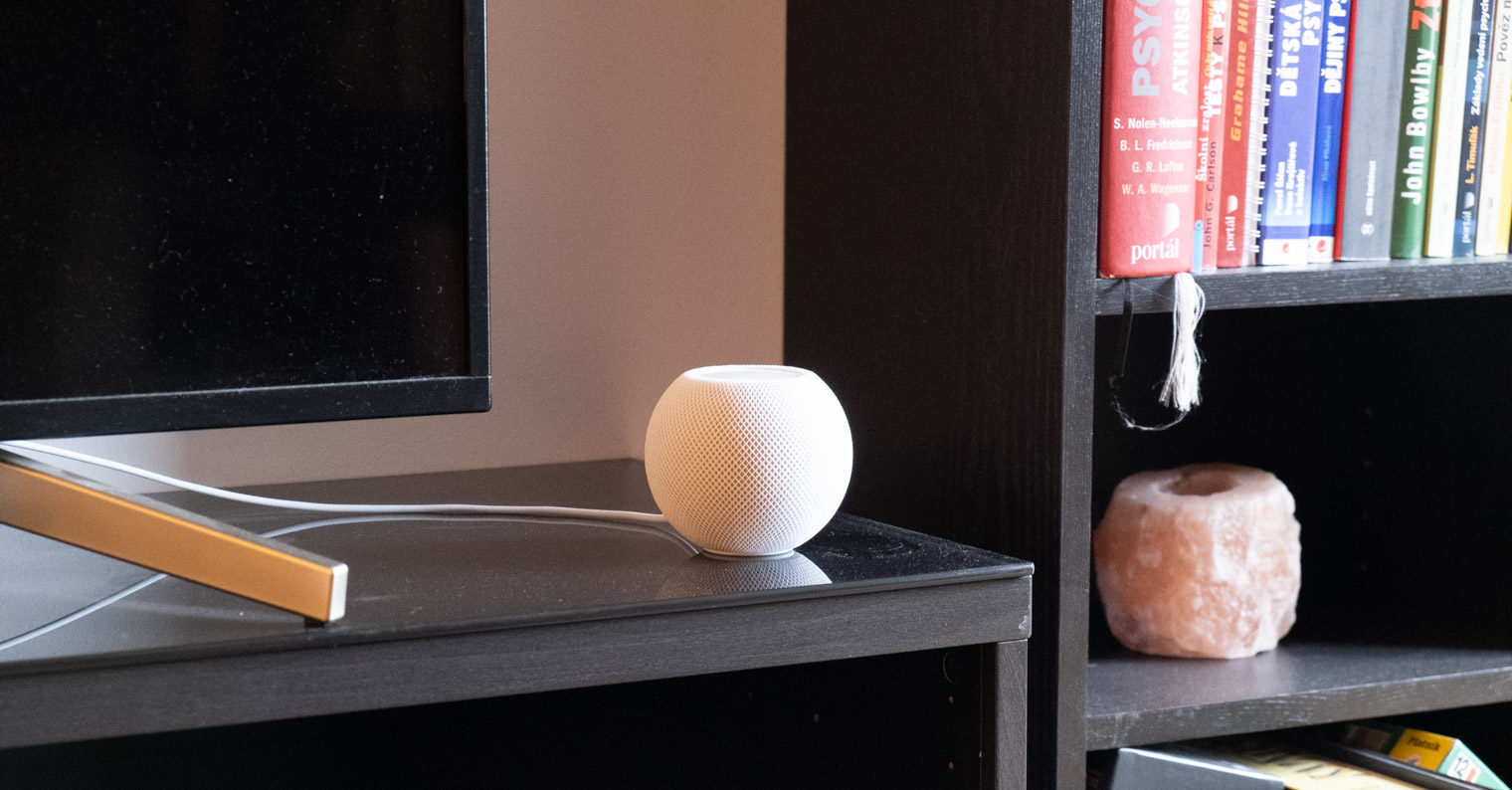
Unclear future of Apple household
But let's not throw a flint in the rye, because maybe we will see something interesting after all, although probably not in the way we expected. We were hoping for an all-in-one device, i.e. HomePod together with Apple TV, but according to the latest information rather, Apple works on individual devices, such as the low-end iPad, which will actually be just a smart display with the ability to control a smart home and handle FaceTime calls. If that's true, we're still missing its connection to the HomePod 2, which would be its docking station.
We can only hope that Apple knows what it's doing. After all, neither HomePod 2 nor HomePod mini are officially available in our country, because we still lack Czech Siri. In the end, even the high price of the new product does not have to fuel us in any way. Those who have lived without a HomePod until now will be able to do so in the future, and those who absolutely need it will surely be satisfied with just the mini version.

